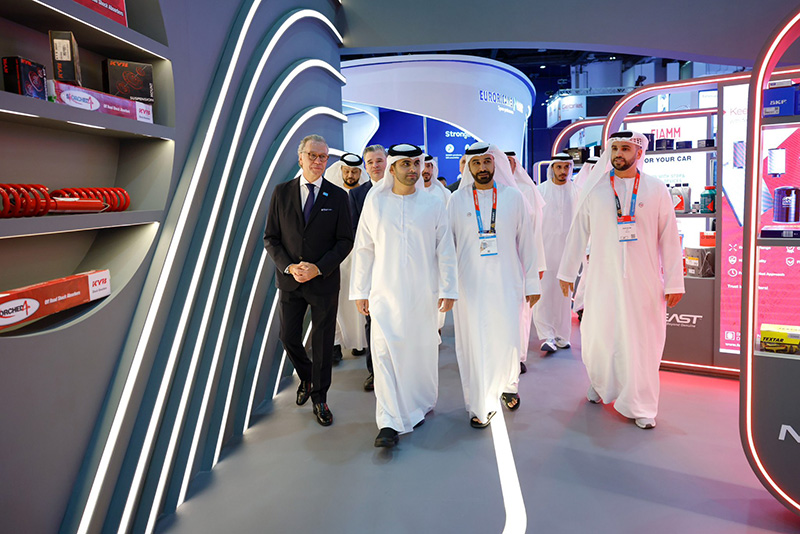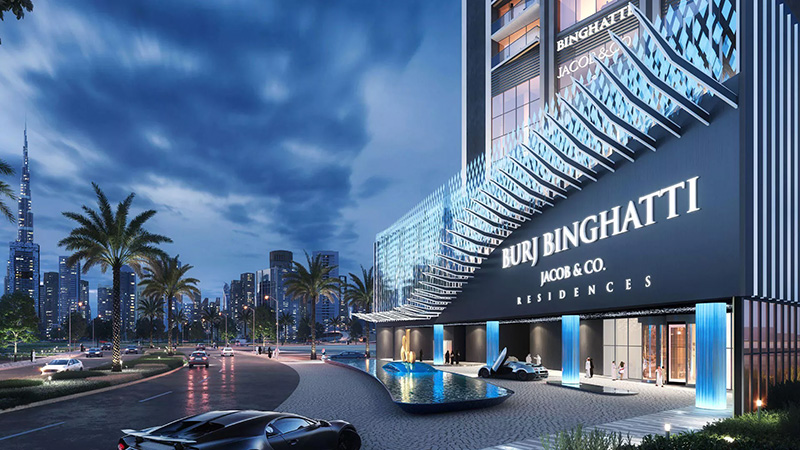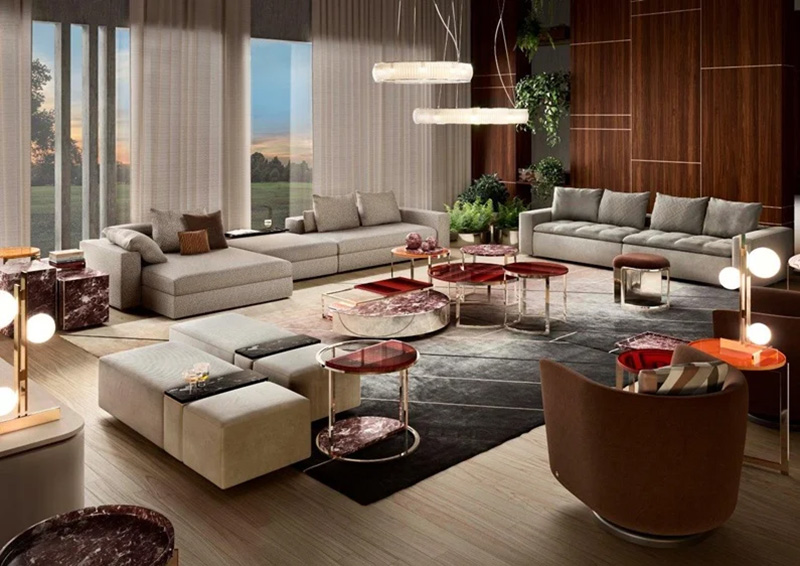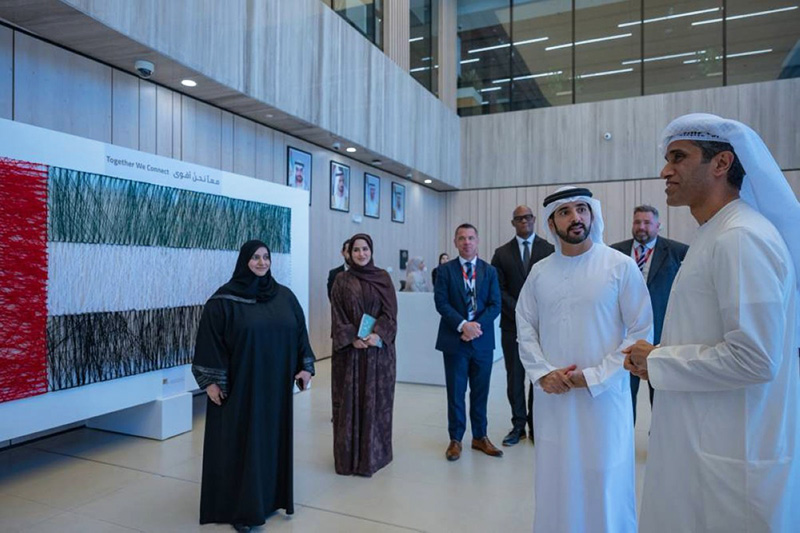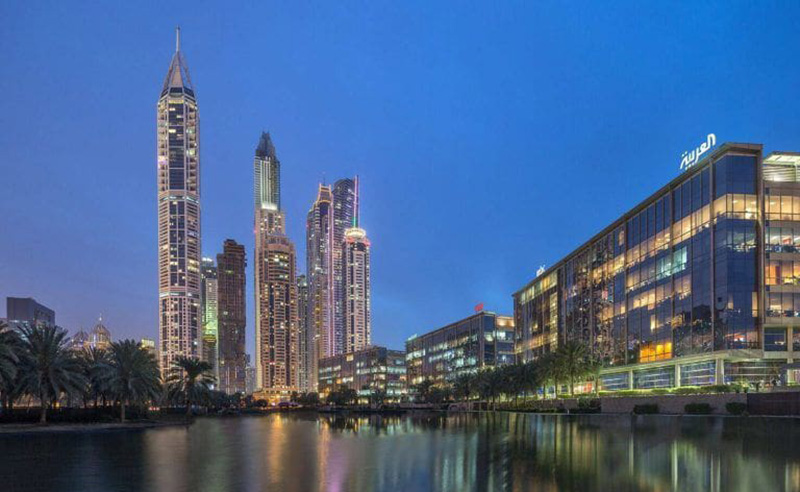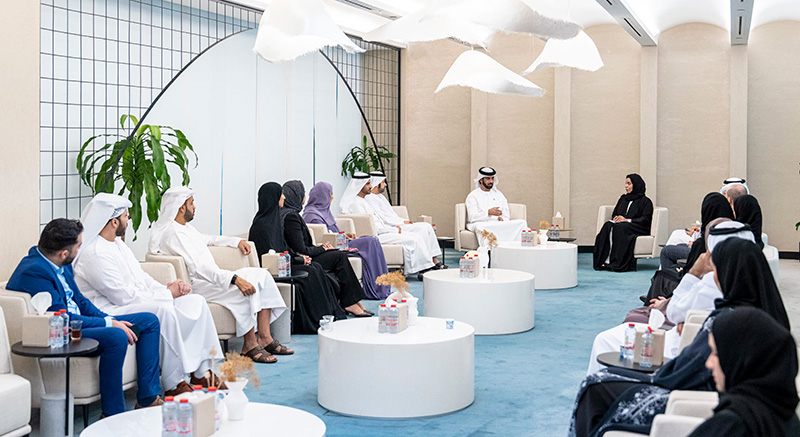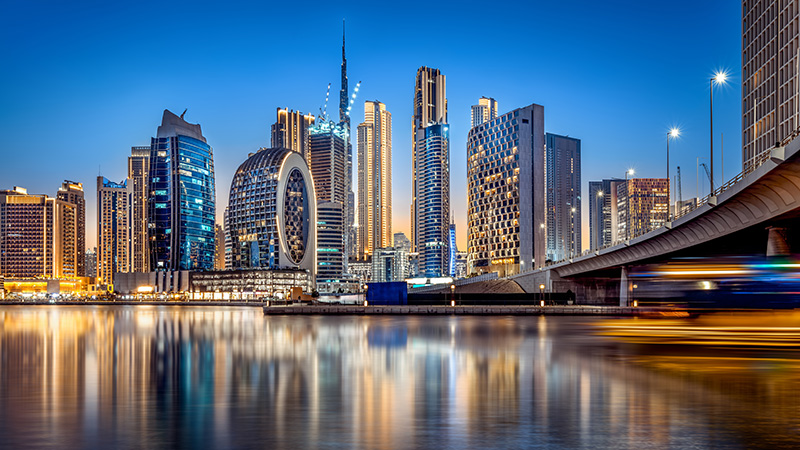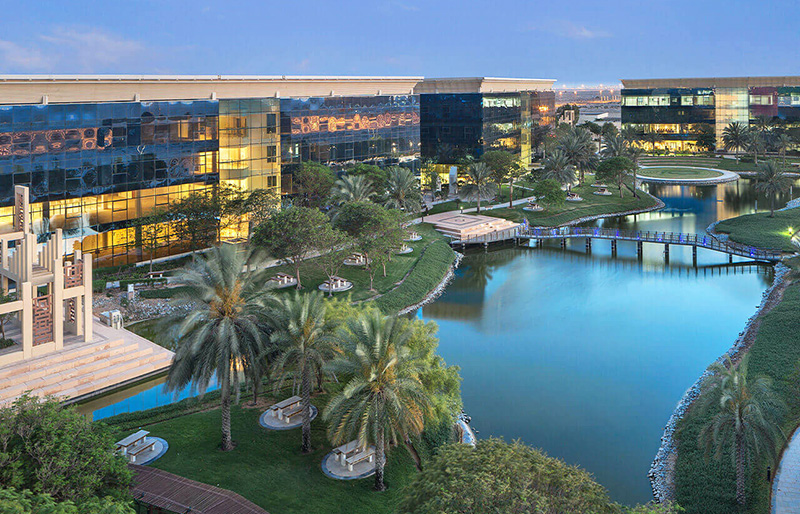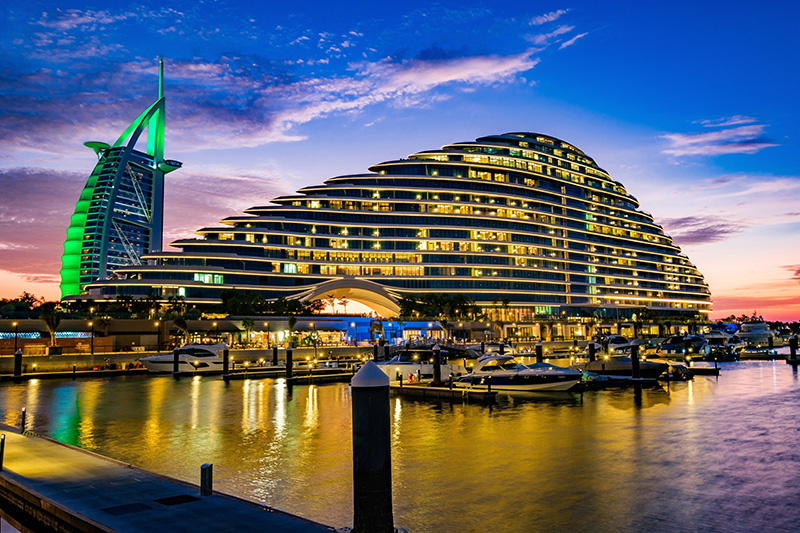
The hospitality sector in Dubai is gearing up for a notable jump in its hotel‑room base over the coming years. According to a recent study by Knight Frank, the number of hotel rooms in Dubai is expected to climb from about 152,400 today to around 165,400 by 2030 — an increase of roughly 13,000 rooms.
This growth is underpinned by Dubai’s status as a key hub in the UAE’s hospitality ecosystem, supported by its strategic economic agenda (such as the “D33” plan) and its urban development blueprint looking ahead to 2040.
What’s driving the expansion?
-
Of the hotel‑rooms currently under construction in Dubai, 47 % are classified as luxury tier and about 24 % as upscale, indicating that the premium end of the market remains the primary focus of new supply.
-
Investor dynamics are shifting: with the sector more mature, capital is moving from rapid development alone toward strategic acquisitions and asset repositioning. This reflects a more sophisticated investment phase, especially in Dubai.
-
At the UAE‑wide level, gross hotel‑room supply is also set to strengthen: Knight Frank projects a total of 235,674 rooms across the country by 2030, as the hospitality market continues to attract international and regional investors thanks to favourable growth fundamentals.
-
Performance indicators are strong: in the year to August, the UAE saw both revenue per available room (RevPAR) and average daily room rate (ADR) rising significantly. For example, in Abu Dhabi ADR grew ~20 % year‑on‑year; in Dubai, RevPAR increased by about 10.1 % and occupancy across the UAE reached around 78.5 %.
Why this matters
-
For hotel operators and developers: The emphasis on luxury and upscale supply (nearly half the pipeline) suggests high‑end brands and international flag operators will dominate the future landscape.
-
For investors: The shift from expansion‑only strategies to acquisition/restructuring implies that the market is maturing — offering opportunities in repositioning, conversion and strategic portfolio plays rather than just new builds.
-
For tourism and infrastructure: Expansion of rooms signals confidence that visitor numbers to Dubai (and the UAE) will continue to rise. A larger hotel base supports broader tourism‑economy ambitions and increases capacity for large events, conferences and international travel flows.
-
For market segmentation: With most new supply skewing toward premium categories, there is a risk of under‑supply or higher demand for mid‑scale or economy segments — a potential gap for developers to explore.
Key figures at a glance
-
Current Dubai hotel‑room supply: ~152,400.
-
Projected Dubai supply by 2030: ~165,400 (≈ +13,000 rooms).
-
Under‑construction Dubai supply: ~47% luxury, ~24% upscale.
-
UAE‑wide projected supply by 2030: ~235,674 rooms.
-
Recent occupancy rate (UAE): ~78.5% (year to August).
-
RevPAR growth Abu Dhabi: ~24%; ADR growth Abu Dhabi: ~20.2%.
-
RevPAR growth Dubai: ~10.1%.
Dubai’s hospitality market is thriving on powerful structural drivers — from booming tourism and exceptional global connectivity to growing investor confidence and a strong focus on premium offerings. The emphasis on luxury and upscale segments highlights the city’s ambition to position itself as a top-tier global destination.
